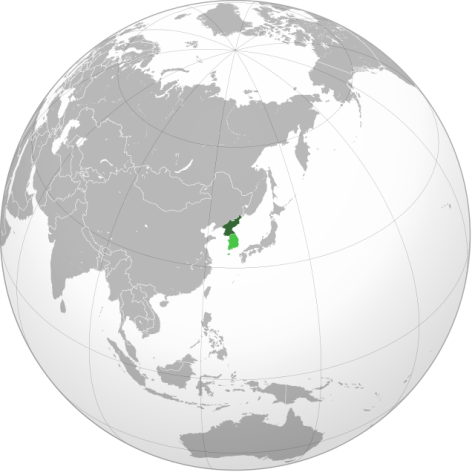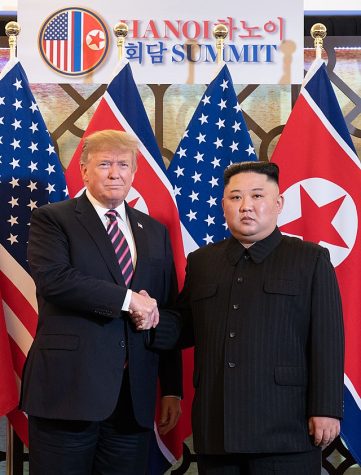North Korea
A look into the history of one of the most controversial countries to exist.
North Korea is a country unlike any other, with an uncertain history.

Across the sea on the northern half of the Korean peninsula lies arguably the most controversial country to ever exist: the Democratic People’s Republic of Korea, with a population of roughly 26 million. Its imperialistic nature came about in the early 1900s. Following the Sino-Japanese War (1894-95) and the Russo-Japanese War (1904-1905), Imperial Japan occupied the area. In 1910, the peninsula was annexed into the Japanese Empire. However, Japan surrendered to the allies after enduring two atomic bomb attacks, leaving its territory to allies. Korea was split up to a north and south territory, with the north receiving communist-soviet funding.
On June 25, 1950, soldiers from the North Korean people’s army charged across the 38th parallel, the border dividing the North and South. Their goal was to conquer the entirety of South Korea, and bring it’s people into their communist regime. This sparked a new conflict known as the Korean War. With China and the Soviet Union backing the North, with the United States and United Nations backing the South, months of conflict lead the battle into a stalemate along the 38th parallel. With the inauguration of President Eisenhower would come his decision to discontinue the conflict, and an armistice was signed. On July 27, 1953, the Korean War ended, however, the peninsula was still more divided than ever. The United Nations continued to “police” South Korea to ensure the communist regime didn’t spread.
In it’s short history, the Democratic People’s Republic of North Korea has only had three main leaders. The first was Kim-II-Sung, who was chosen as chairman and eventually president after the conclusion of the Korean War. He lead up until his his death on July eight, 1994, when he was proclaimed the “eternal President of the Republic”. His son, Kim-Il-Sung, inherited this absolute power over the country until he also died, in December of 2011. His son, Kim-Jong-Un, grabbed the reigns and is currently the ruler of North Korea today.

During his early years, Kim-Jong-Un was known for his “ruthless consolidation of power” and rapid acceleration of the the North Korean nuclear weapons program to compete with other international powers. He executed his uncle in 2013, claiming it as a “cleansing” of scum from the party. This was the highest profile official he executed, however, many of those who also opposed the regime were killed as well. These actions caught the attention of U.S President Donald Trump, which lead to a series of online word conflicts between the two.
As time progressed, however, more progress was made in communication, and a meeting between the two leaders was arranged in June 2018. On June 12, the first ever meeting between a U.S and North Korean Official took place. The meeting was considered a success, as Kim promised to move toward “complete denuclearization of the Korean peninsula” while Trump pledged to end joint U.S.–South Korea military exercises. However, upon the removal of Trump from office, there have been several reports of continued nuclear testing in North Korea, and the U.S still retains its military presence in South Korea. But for now, tensions are seeming to hold.


